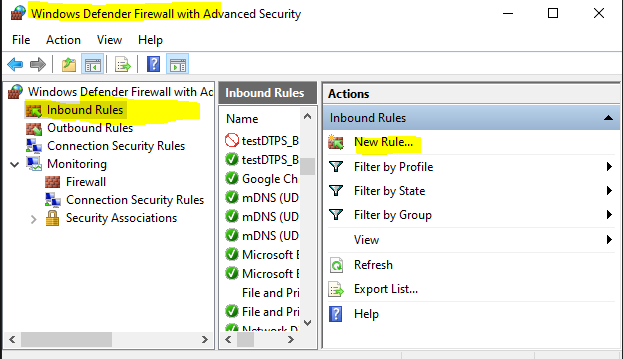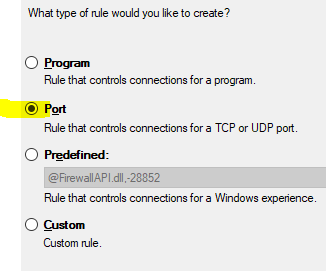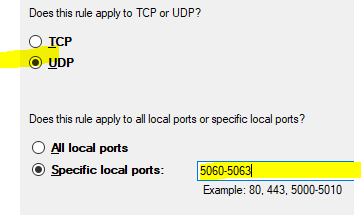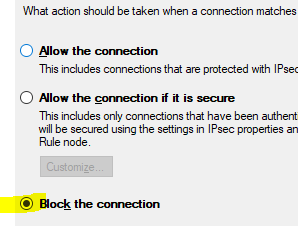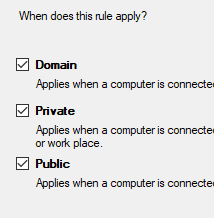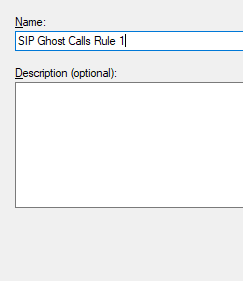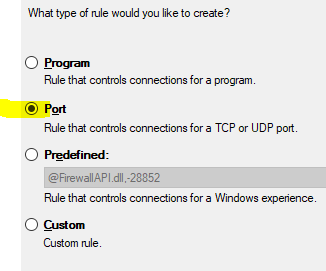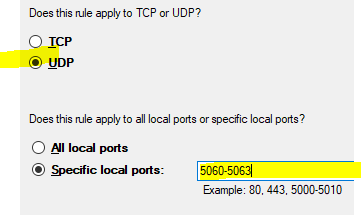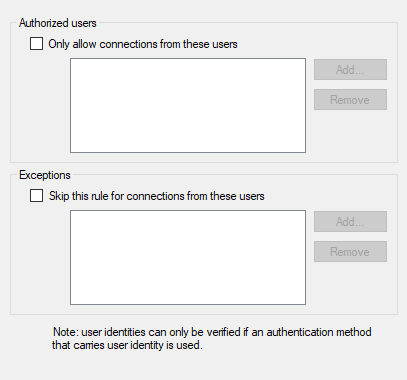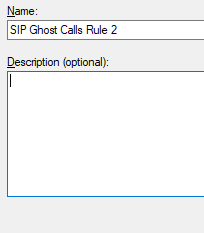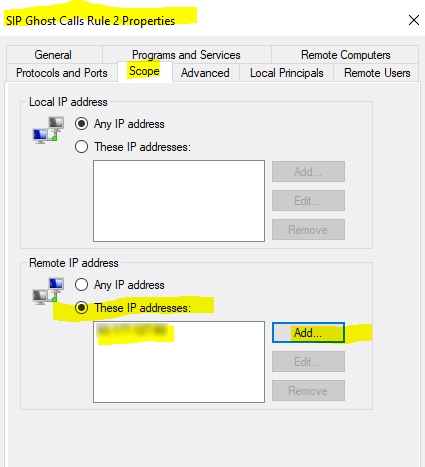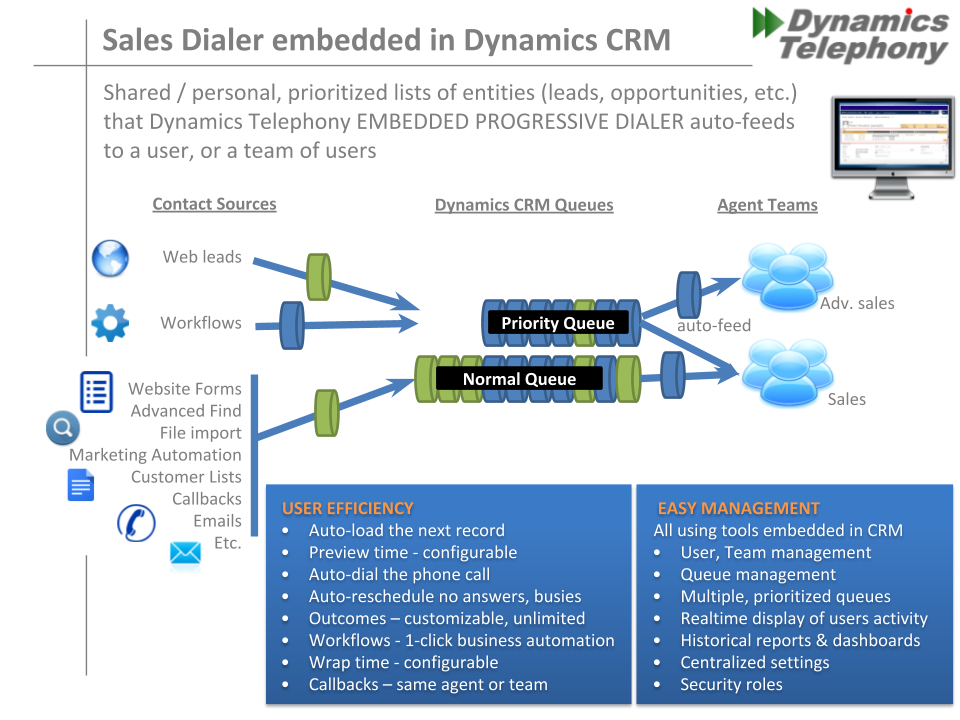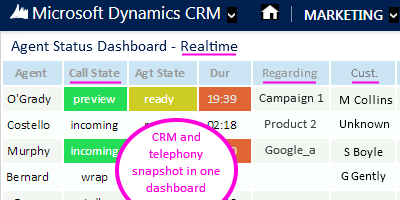You may see a message in the Sales Call Accelerator (SCA) panel. Here is help for each of these messages
For advanced troubleshooting, you can open the browser console. You can filter messages in the console using the text DT. Here is a sample of a good startup and call showing notifications are disabled in the browser by the user.
20:09:44 DT : Handle registered successfully.
20:09:44 DT : Notification Permission Denied. Upcoming call notifications are disabled.
20:09:44 DT : _cParams : dtps-dtps-sh.dynamicstelephony.com enableFollowUp:true
20:10:47 DT : clickToActHandler:Param : {“value”:”5550101″,”name”:”telephone1″,”format”:”Phone”,”entityLogicalName”:”contact”,”entityId”:”dcb1b095-a17e-ec11-8d21-000d3a6599ad”,”recordTitle”:”John Smith”}
20:10:47 DT : Call(0768561713, 075550101)
20:10:47 DT : Inside Call() channel:0768561713, number:075550101
20:10:48 DT : clicked page environment : {“appid”:”0468e89e-ae44-ea11-a813-000d3a654590″,”etn”:”contact”,”id”:”dcb1b095-a17e-ec11-8d21-000d3a6599ad”,”pagetype”:”entityrecord”,”clientUrl”:”https://your_company.crm11.dynamics.com”,”appUrl”:”https://your_company.crm11.dynamics.com/main.aspx?appid=0468e89e-ae44-ea11-a813-000d3a654590″,”orgLcid”:1033,”orgUniqueName”:”org55d82660″,”orgId”:”470dbc79-bb81-4946-ab66-3e1b2241b628″,”userId”:”{AAEB5C64-FB48-EA11-A813-000D3AB4F1B4}”,”userLcid”:1033,”username”:”# Patrick Jones”,”crmVersion”:”9.2.22103.00194″,”cifVersion”:”9.1.0.549″,”isDirty”:false,”customParams”:”{\”f\” : true, \”a\”: \”user@customer.com\”, \”b\”: \”qW23E1as90frt-der\”, \”c\”: \”dtps-dtps-sh.dynamicstelephony.com\”, \”d\”: \”wd3\”}”}
20:10:48 DT : NOT in Quote so leaving entity as contact
20:10:48 DT : createCallActivity()
20:10:48 DT : getEntityData() OK. callattempt:null
20:10:51 DT : createCallActivity() – record created successfully, activity id:70ea2ec0-a16a-ed11-9561-0022489bd91f
20:10:58 DT : call request done:ok
